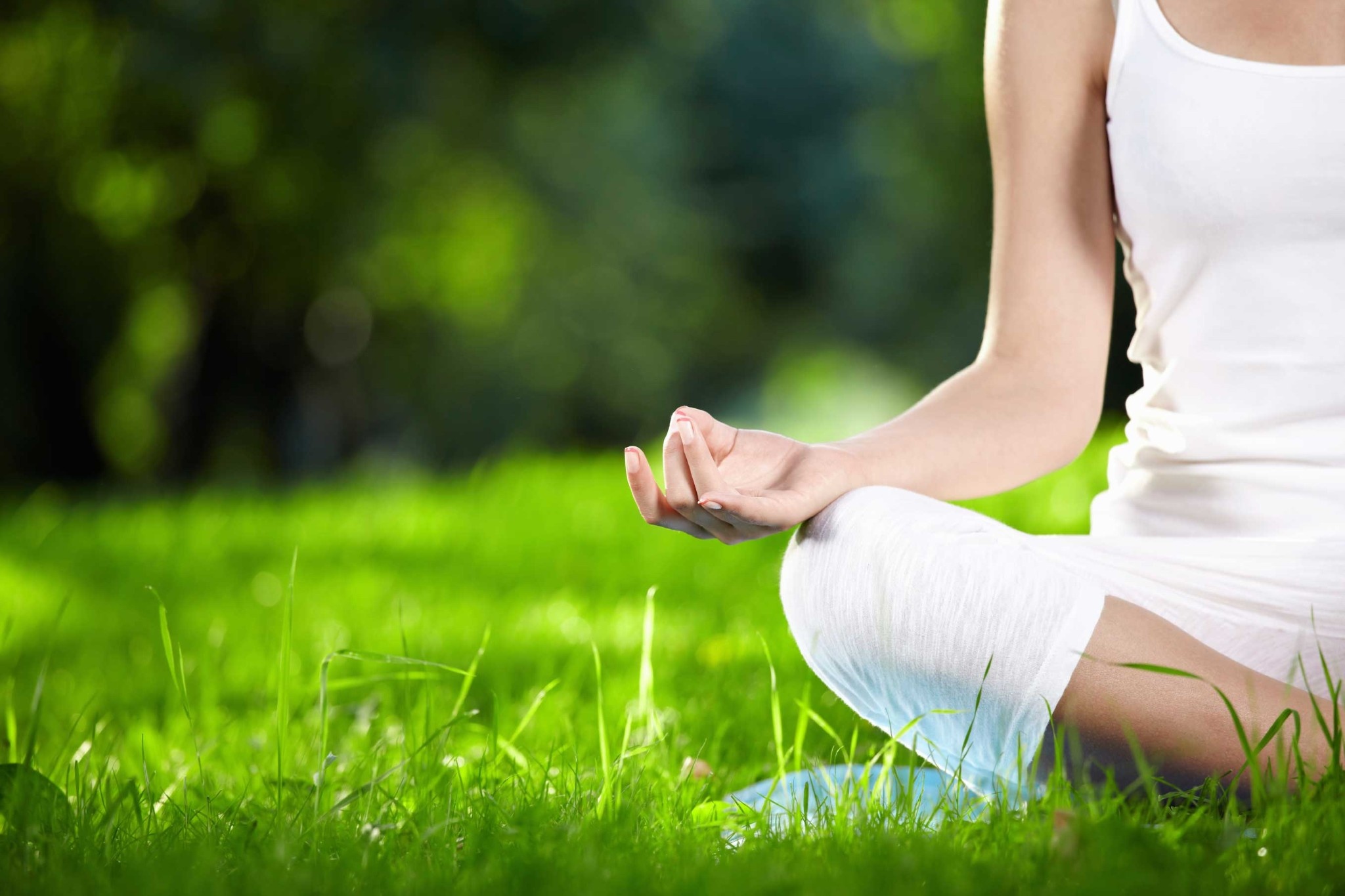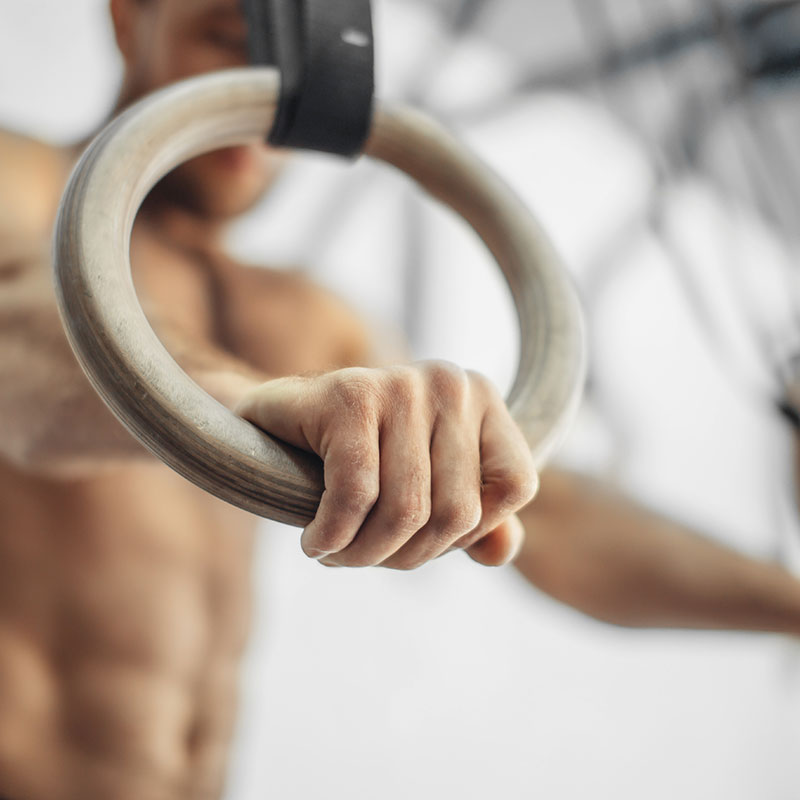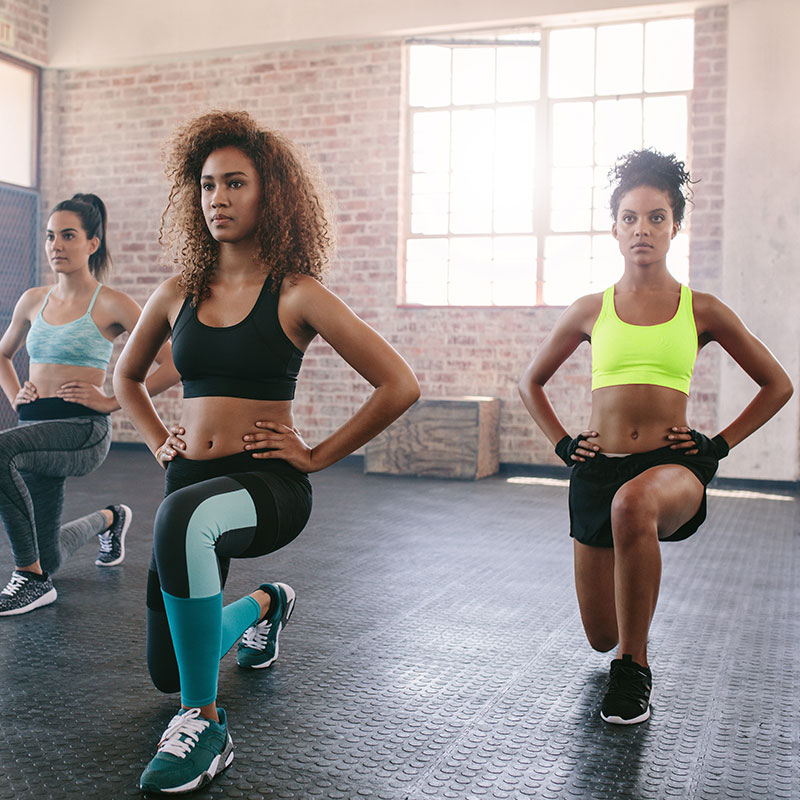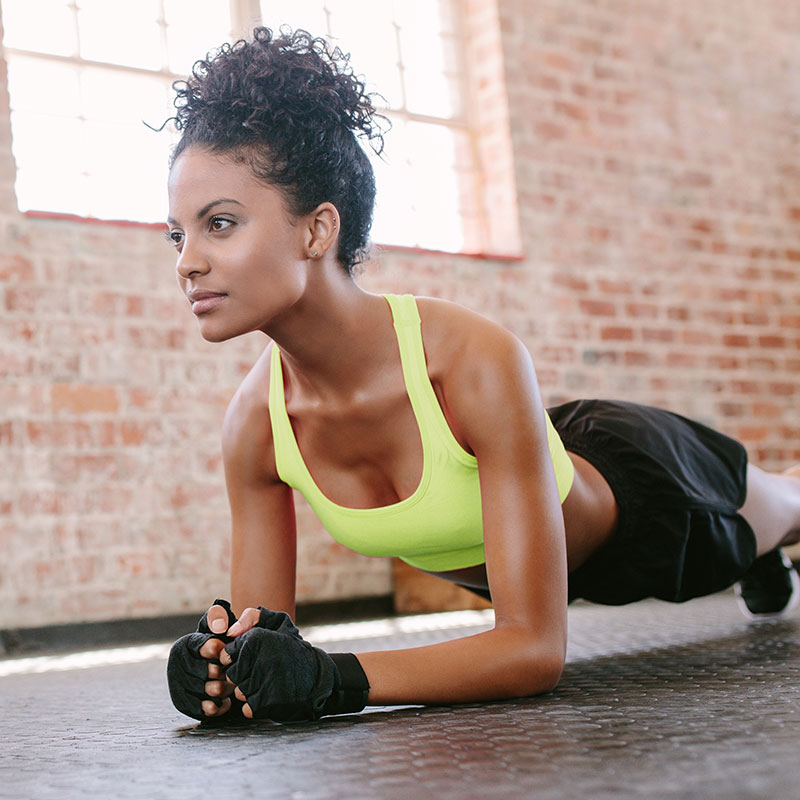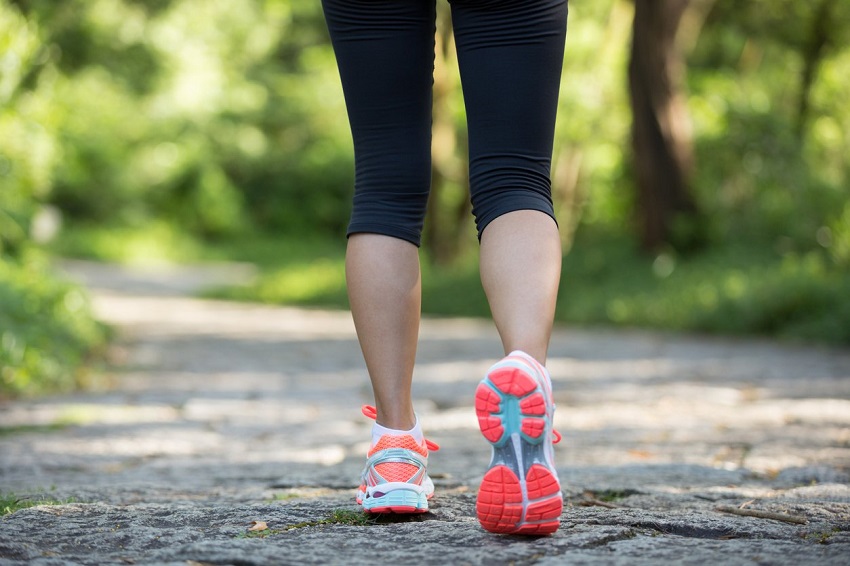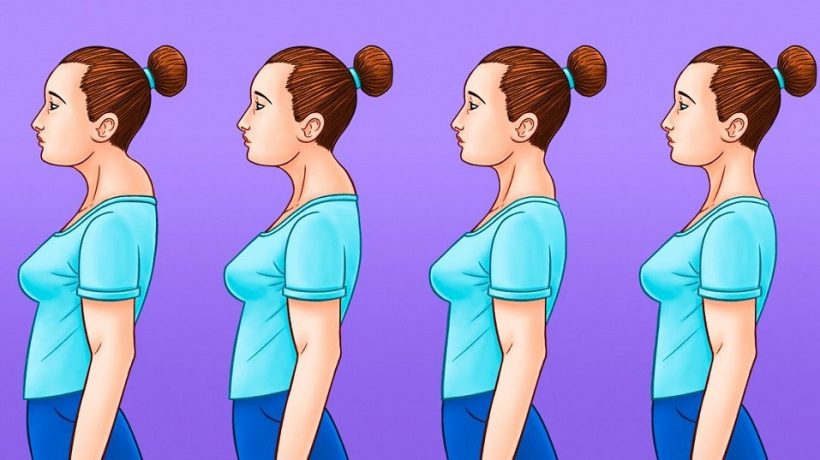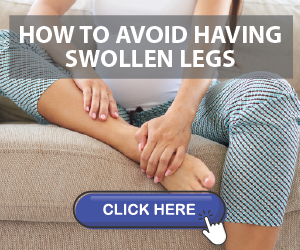Whatever sport you do, you will always run the risk of falling. The same thing happens in cycling, no matter what modality you practice. In this article, we will give you some basic tips to reduce the damage of a fall in mountain biking.
Correct the body position
You will avoid putting yourself at risk by taking the correct position while riding the bike up or down. You should try to ensure that the bicycle always has a perpendicular position to the terrain. Remember that it is extremely important to keep both feet/pedals in a horizontal position when descending. This will prevent them from hitting an obstacle in the ground, such as roots and stones.
Check and correct
Our brain registers everything we see while we are rolling. We can correct the bicycle position to avoid a more dangerous fall if we are about to fall or skid. Many times the best solution to correct our posture before a fall is to throw the body and force it in the opposite direction to the one we are about to fall.
If you cannot control the bike, the best option is to find a different exit or fall to reduce the damage. Do not follow the path’s route, since if you go on a slope, the safest thing is that you go straight ahead. It is better to try to find an exit towards the back of the bike or, in some cases, towards the sides of the bike (except when you have a gorge next to you).
Ride on standard place
If you can, try to ride on the standard place. This means that you should keep your weight in the center of the bike and maintain a correct balance between the front and rear wheels. In this way, you will be less likely to lose control when crossing obstacles or when braking. Remember that a correct balance is key to maintaining stability on the bike.
Control the speed
When you are riding downhill, it is very important to control the speed. The best way to do this is by using both brakes (front and rear). If you use only the front brake, you run the risk of skidding and losing control of the bike.
Use your body as a shock absorber
In case of a fall, it is very important to use your body as a shock absorber. When you hit the ground, try to relax and extend your arms and legs. This will help reduce the impact on your body.
Wear the right gear
Wearing the right gear can also help you get rid of a fall in mountain biking. When you wear the right gear, you will prevent or reduce injury to your arms and hands. In addition, it will help protect your knees, elbows, and legs from injuries.
Try to do some exercises for balance
In order to get rid of a fall in mountain biking, you should try to develop a good balance. You can do this by practicing some balance exercises. These exercises will help you keep your balance on the bike, even when you are crossing obstacles or riding in difficult terrain. The mongoose 26 mountain bike is a good option to get rid of a fall in mountain biking.
Learn how to fall correctly
In order to reduce the damage of a fall, it is also important that you know how to fall correctly. You should try to fall on your shoulder and not on your head. In addition, you should try to keep your hands and arms close to your body. This will help reduce the impact of the fall.
Be careful in wet or icy conditions
When the ground is wet or icy, it becomes much more difficult to control the bike. In these conditions, you are much more likely to fall. Remember that it is very important to be extra careful in these conditions and to take it easy when riding your bike.
Avoid distractions
When you are riding your bike, it is important to avoid distractions. This will help you focus on the task at hand and reduce the risk of falling. Distractions can include things such as music, talking on the phone, or eating. Try to avoid these distractions when you are riding your bike in order to reduce the risk of falling.
Let go of the bike
There are some people who will recommend you never let go of the bicycle handlebar since that way. You do not hurt yourself with the handlebar or lever. For us, this is not a good recommendation. If we watch videos of BMX, freestyle, or DH when they fall, the first thing they drop is the bicycle. We believe the same.
The importance of letting go of the bicycle in the event of a fall is that it has a defined trajectory, even in the event of a fall. For example, if you go down a slope and you feel like you’re going to blow your mind, you are more likely to eat dust if you don’t let go of the handlebars. But, if you let go of it in time and throw your body back, the bike will continue its course, and you will save yourself from a serious and dangerous fall.
Think fast and act to avoid a dangerous fall
When we realize that the fall is imminent, we must act. It is not advisable to do anything. We must try to save the fall or at least reduce the damage that we can do when we fall.
The first thing to avoid (although sometimes it is impossible) is to put your hands when falling. Landing with full force directly with your hands is dangerous. Try to land with your feet first. If you can’t and land with your hands, try to bend your elbows, stick your arms to the body and protect your head. As if you rolled into a ball.
Shrink and roll
If the fall is imminent when going down a slope after jumping a drop or ramp, curl your body and roll over your body.
Remember that you carry a force and inertia due to the speed of the bicycle, do not stop completely with your body. Instead, let the inertia flow either by walking or rolling on your body, so you can counteract the more severe blow.
Improve your flexibility
Something that you must exercise and improve is flexibility. For example, we must use our intelligence and flexibility to avoid falling or more severe blows when falling. It is imagining that one is a cat that will always try to land on its feet. This is a powerful defense and we will not even escape falling.
Develop body strength
Another way to avoid falling or reduce the effects of falling is to work on muscle strength. For example, if one has good back muscles, you can fall better and minimize the damage of high falls. The more resistance you have, the less likely it will be for the fall to be more serious.
Avoid falls in downhill
Let’s say that we cannot avoid falling in mountain biking, but we can avoid it and reduce its effects when having fallen. So we should avoid falling downhill because there is no way to stop and minimize injuries. If you go down a slope and feel like you’re going to blow your mind, you are more likely to eat dust if you don’t let go of the handlebars.
In conclusion,
There are some tips to try to avoid falling when you go riding your bike. First, we should always take it easy and be careful with ourselves and the environment. Second, we must always try not to let go of the handlebars as this will help us control our bicycle better and avoid a fall or serious injury. Finally, we should work on our flexibility and strength to help us when we fall. Remember, it is better to prevent a fall than try to fix the damages after!




